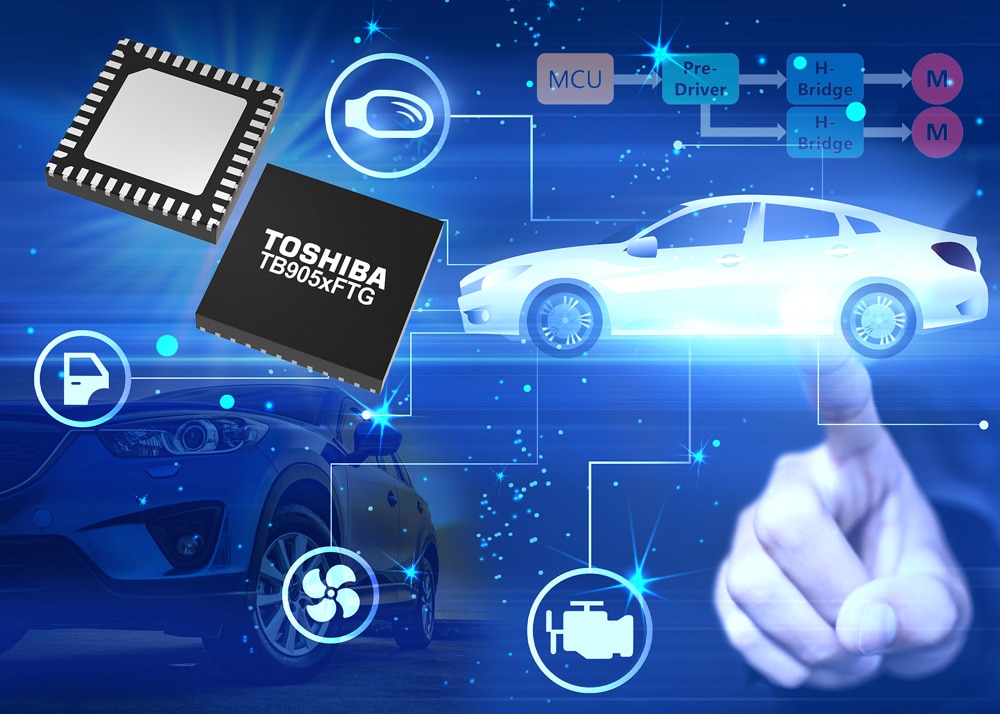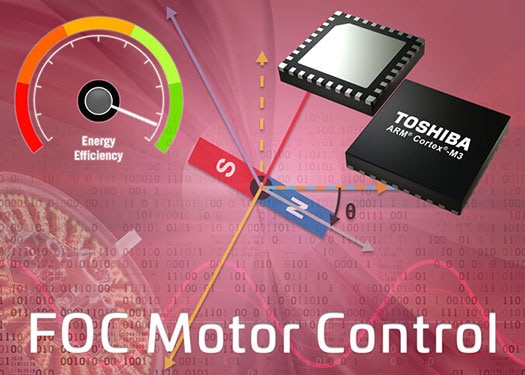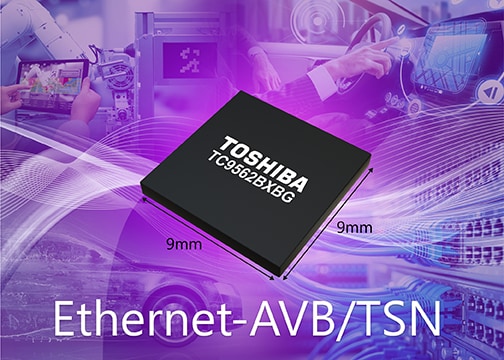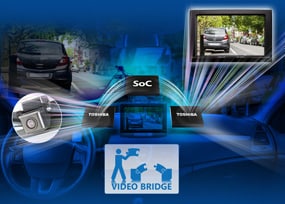- General Top
- SEMICONDUCTOR
- STORAGE
- COMPANY
-
My ToshibaSemicon
- Semiconductor Top
-
ApplicationsAutomotive
Body Electronics
xEV
In-Vehicle Infotainment
Advanced Driver-Assistance Systems (ADAS)
Chassis
IndustrialInfrastructure
BEMS/HEMS
Factory Automation
Commercial Equipment
Consumer/PersonalIoT Equipment
Healthcare
Wearable Device
Mobile
Computer Peripherals
-
ProductsAutomotive Devices
Discrete Semiconductor
Diodes
Transistors
Logic ICs
Analog Devices
Digital Devices
Wireless Devices
※
: Products list (parametric search)
Power SemiconductorsSiC Power Devices
※
: Products list (parametric search)
Isolators/Solid State RelaysPhotocouplers
Digital Isolators
Solid State Relays
Fiber Optic Transmitting Modules
※
: Products list (parametric search)
MOSFETsIGBTs/IEGTsBipolar Transistors※
: Products list (parametric search)
Diodes※
: Products list (parametric search)
MicrocontrollersMotor Driver ICsIntelligent Power ICs※
: Products list (parametric search)
Power Management ICsLinear ICs※
: Products list (parametric search)
General Purpose Logic ICsLinear Image SensorsOther Product ICsOther Product ICs
※
: Products list (parametric search)
-
Design & Development
Design & Development
Innovation Centre
At the Toshiba Innovation Centre we constantly strive to inspire you with our technologies and solutions. Discover how to place us at the heart of your innovations.
-
Knowledge
Knowledge
Highlighted Topics
Further Materials
Other
- Where To Buy
- Part Number & Keyword Search
- Cross Reference Search
- Parametric Search
- Stock Check & Purchase
This webpage doesn't work with Internet Explorer. Please use the latest version of Google Chrome, Microsoft Edge, Mozilla Firefox or Safari.
require 3 characters or more. Search for multiple part numbers fromhere.
The information presented in this cross reference is based on TOSHIBA's selection criteria and should be treated as a suggestion only. Please carefully review the latest versions of all relevant information on the TOSHIBA products, including without limitation data sheets and validate all operating parameters of the TOSHIBA products to ensure that the suggested TOSHIBA products are truly compatible with your design and application.Please note that this cross reference is based on TOSHIBA's estimate of compatibility with other manufacturers' products, based on other manufacturers' published data, at the time the data was collected.TOSHIBA is not responsible for any incorrect or incomplete information. Information is subject to change at any time without notice.
require 3 characters or more.
A More Effective Integration Strategy within Automotive Brushed DC Motor Systems

Brushed DC motors have a vital role to play in modern automobile design, being used in relation to a broad range of different functions. According to figures compiled by analyst firm Data Bridge Market Research, the global brushed DC motor business will witness a growth of 6.5% between now and 2027. It will predominantly be opportunities within the automotive sector that give impetus to much of this predicted growth.
Requiring only minimal maintenance and having relatively low unit costs associated with them, brushed DC motors still have notable advantages over brushless DC motors (BLDCs) when it comes to certain application scenarios. This is particularly true from an automotive perspective. Here they can attend to in-cabin comfort functions, as well as addressing various under-the-hood applications. The average car is likely to already have 15-20 brushed DC motors in operation, and it is expected that this number will only increase as new uses for them start to emerge - thanks to increasing vehicle electrification.
In order to lower overall component cost and save valuable space on densely packed PCBs, Tier 1’s are looking to make motor control hardware more streamlined through greater levels of integration. One way of achieving this is to incorporate the pre-driver into the microcontroller. This will, however, cause issues when design upgrades are needed, or when derivatives of the original design are required for inclusion in other car models. It will lead to a major ramp up in the associated software development effort. In contrast to this, integrating the pre-driver and the H-bridge together will be a much simpler prospect. The streamlining of the system will still be possible, but the engineering work involved will be far less.
Toshiba has used this as a starting point for its latest generation of highly advanced automotive-qualified motor driver ICs. The company has gone even further than this by integrating two H-bridges and the pre-driver. Its TB9053FTG and TB9054FTG devices are both capable of driving a pair of 5A motors or a single 10A motor. They facilitate a platform approach to automotive motor system design, in which the microcontroller and all its related code can be leveraged in multiple implementations, thereby shortening the development periods involved.
Download the informative white paper by Toshiba on brushed DC motor control below:





